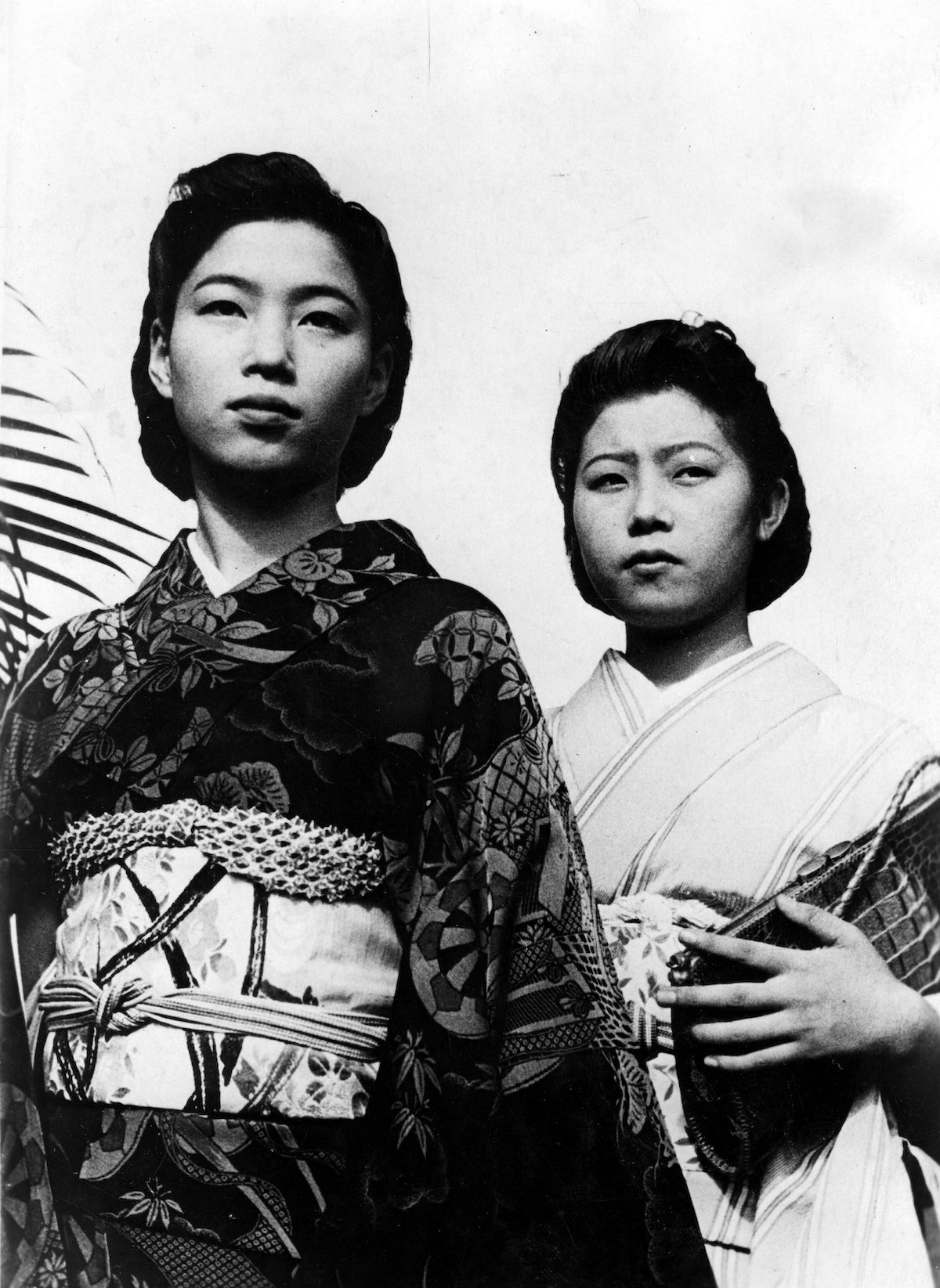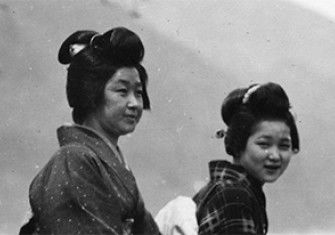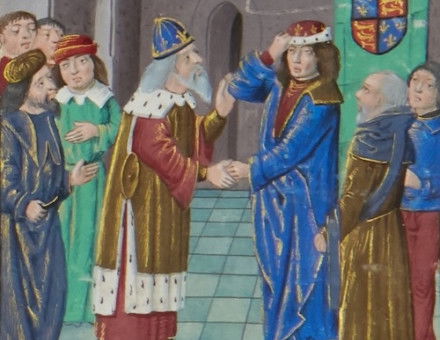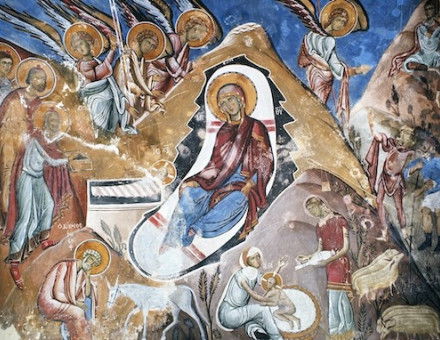Settler Life in Imperial Japan’s Colonies
Imperial Japan’s vast Asian empire became home to more than a million female settlers. Their voices are now being heard.

At the end of the Second World War, around six and a half million Japanese were overseas. Just over half of them were civilians, living as settlers and government officials in colonies in Korea, Taiwan, China, Manchuria, Micronesia, and Sakhalin. The rest were in the military, spread across the Japanese empire and war zones in the Asia Pacific.
The process of Japan’s decolonisation was swift. By the end of 1946, over five million Japanese had already been repatriated. The representative images of this event are of settler women and children, often carrying the ashes of deceased family members among their belongings, arriving on the crowded quays of Japanese ports. Former settler women were seen at the time as pitiable victims who had made treacherous journeys home, but their histories were soon submerged in the postwar rush to rebuild Japan and forget its imperial collapse.







